HAID : Pre-historic & Near East
1/43
There's no tags or description
Looks like no tags are added yet.
Name | Mastery | Learn | Test | Matching | Spaced |
|---|
No study sessions yet.
44 Terms
Menhir
A single, large upright monolith
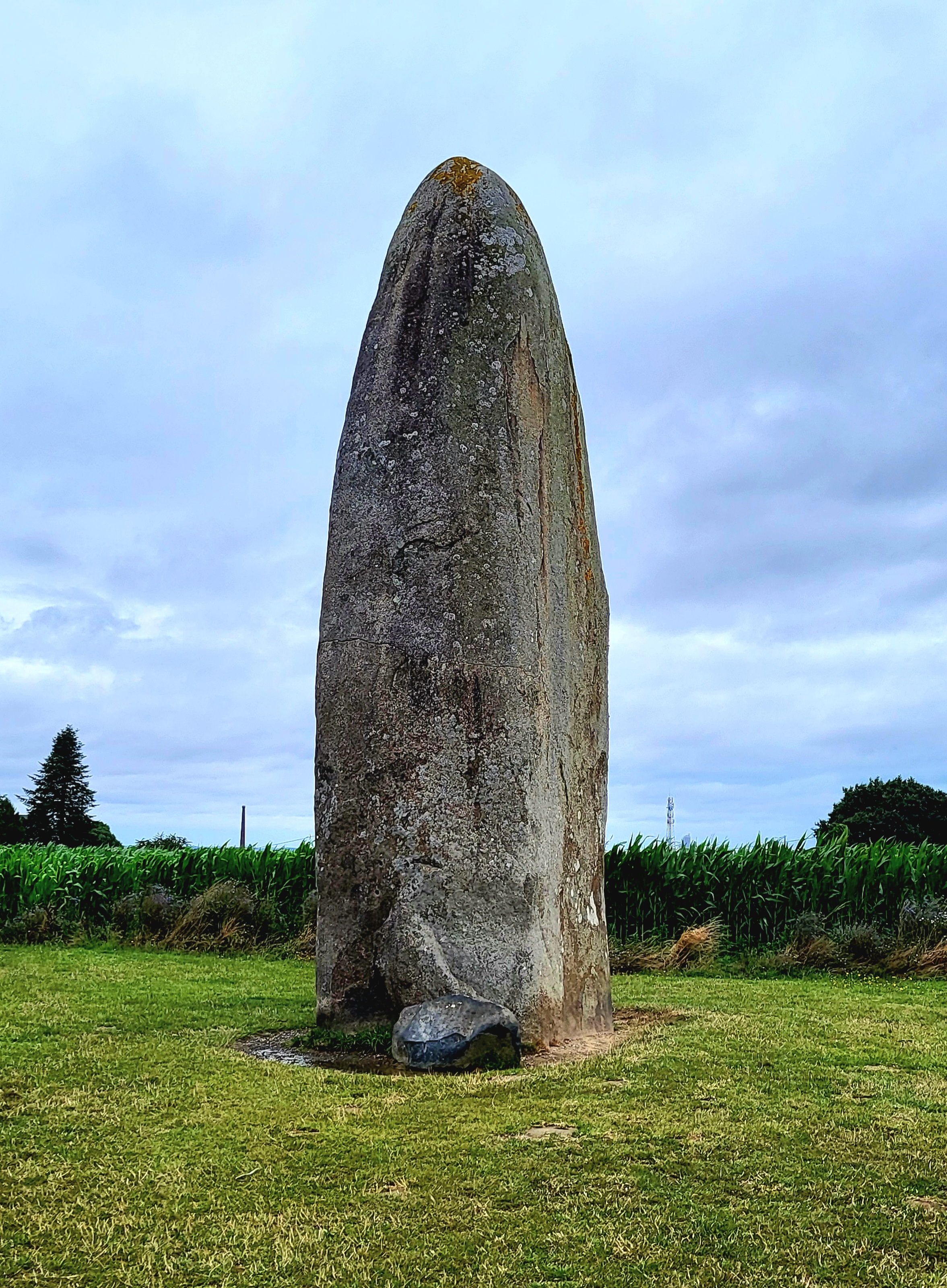
Dolmen
Tomb of standing stones usually capped with a large
horizontal slab
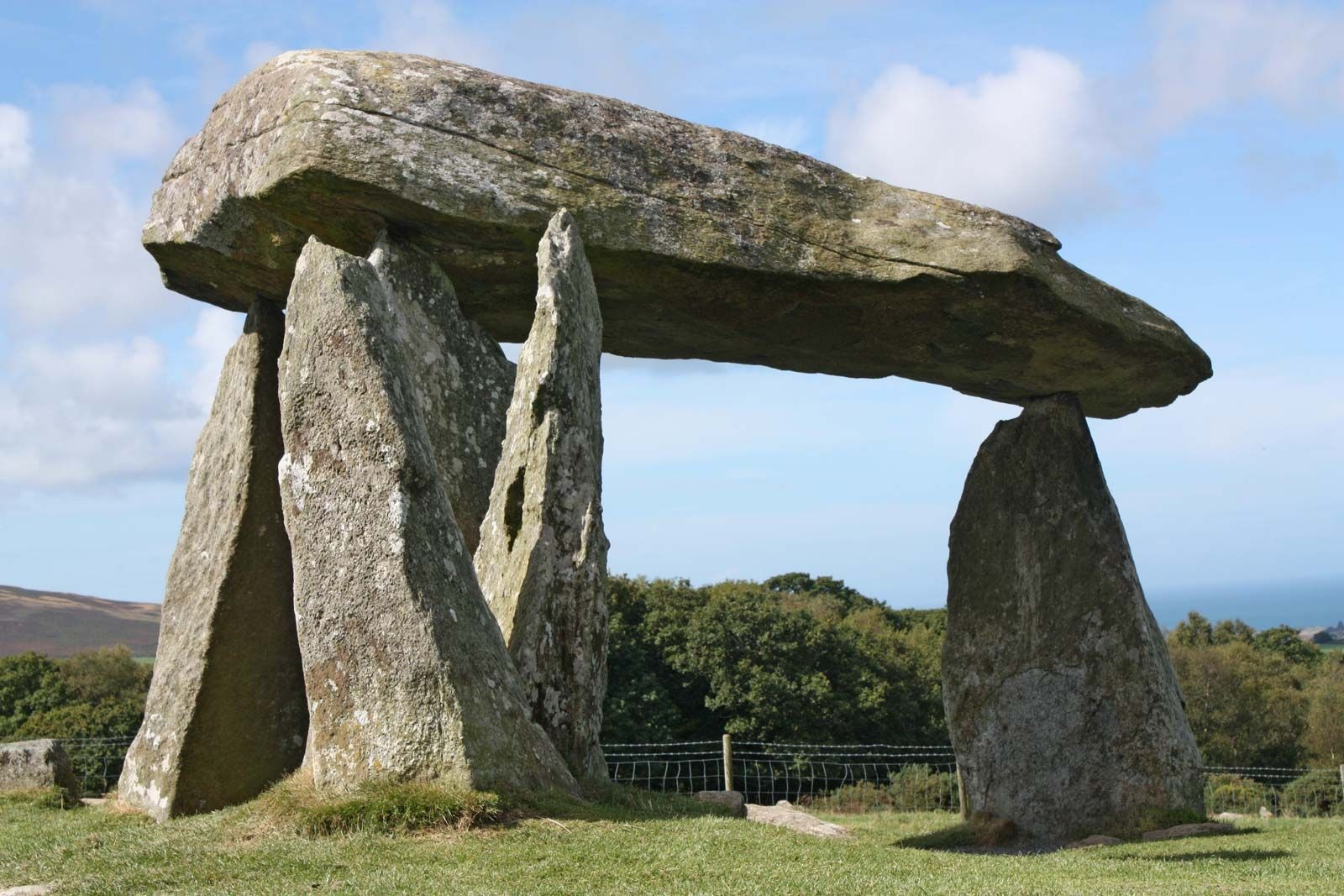
Cromlech
Enclosure formed by huge stones planted on the ground
in circular form
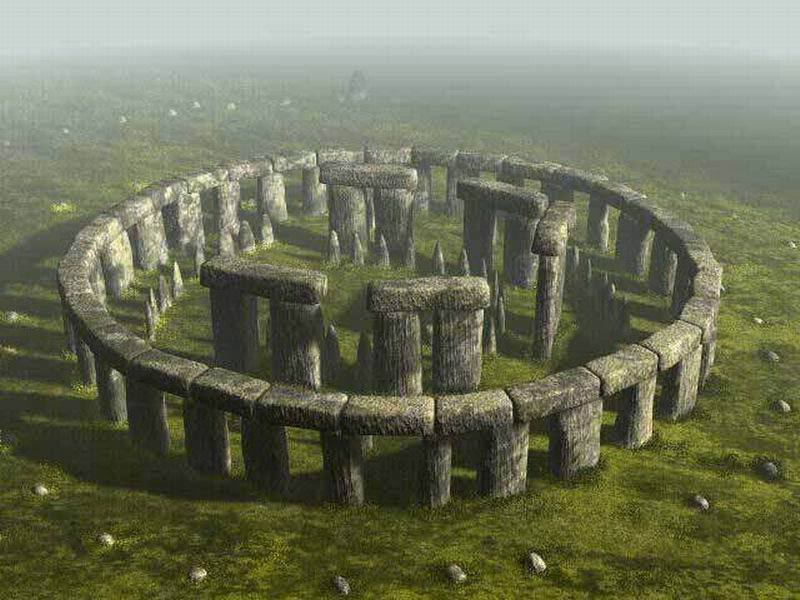
Wigwam or Tepee
conical tent with wooden poles as framework
Trullo
dry walled rough stone shelter with corbelled roof
Mesopotamia
Started as villages on the flat land between Tigris and
Euphrates river became one of the earliest cradles of civilization, known for its advances in writing, architecture, and governance.
Paleolithic
known as the glacial age
Bison, Tuc d’ Audoubert
a prehistoric cave painting located in France, depicting bison and notable for its detailed representation of the animals ( a mixture of both high and round relief)
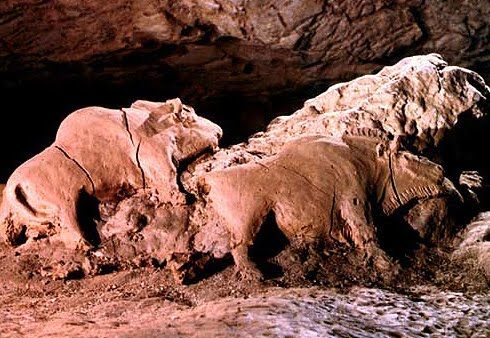
Shaman Trois Freres
shaman dressed in an animal suit and believed to connect the physical world with the spiritual realm, depicted in cave art at Trois Frères.
Relief sculpture
a sculptural technique where the sculpted elements remain attached to a solid background of the same material, creating either low or high
Gallery of the Running Bulls
found in Lascaux, France : showcasing a dynamic scene of bulls in motion, illustrating the vitality of the animals.
Sgrafitto
a technique wherein you incise the designs onto the surface
Neolithic
era where monumental architecture began to develop as well as temples and tombs. This period is characterized by the shift from nomadic lifestyles to settled farming communities, leading to advancements in agriculture and social organization.
Vernacular architecture
architecture not formally designed by architects and were communally built by the people.
Mesopotamian
civilization that emerged in 4300 BC - 331 BC
polytheistic
religion of the Mesopotamian civilization
Anu
Mesopotamian supreme male god, represented with a bull, key symbol of male power. Considered the sky god and king of the gods
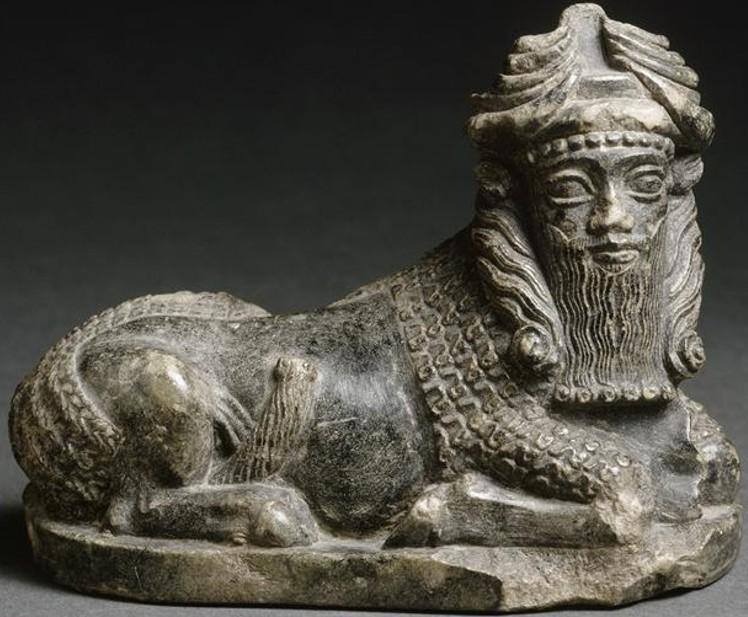
Cuneiform
considered the world's first known system of writing. comes from the Latin word “cuneus” meaning wedge. around 3500-3000 BC
King Hammurabi
1792 BC
Cylinder seal
a small, barrel-shaped stone object with a hole down the center and an incised design or cuneiform inscription. Used for business transactions in Mesopotamia.
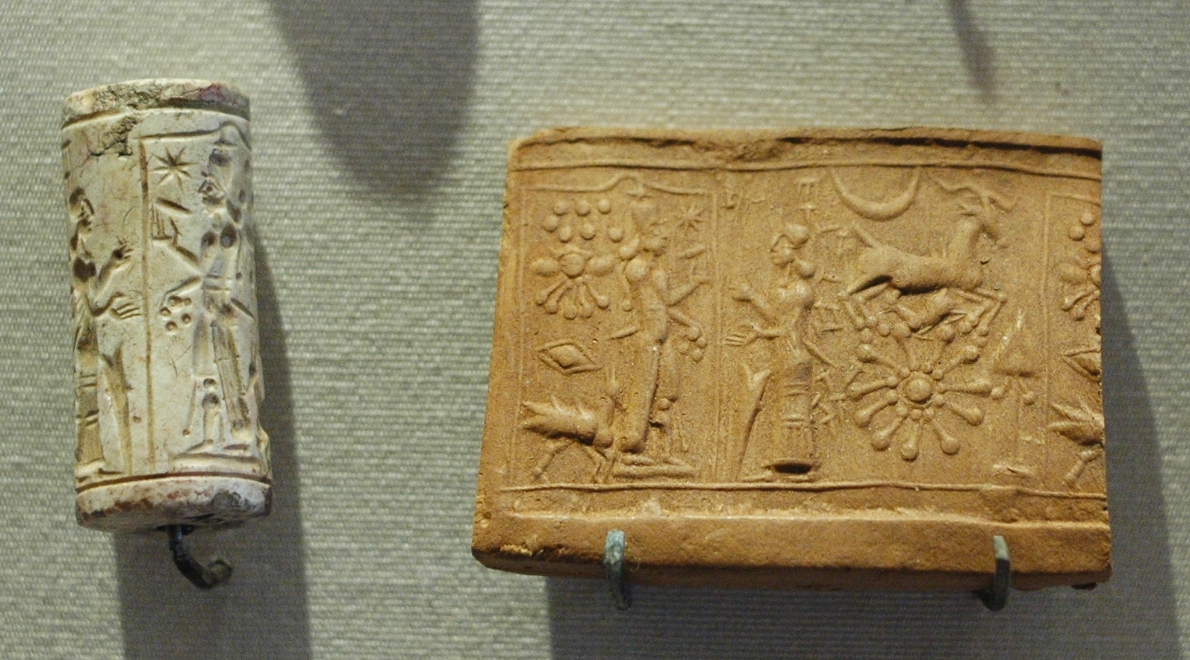
Tell Asmar Figures
A collection of 12 ancient Sumerian sculptures, considered to be primarily for worship purposes. Eyes were inlayed with lapis lazulli and black limestone.
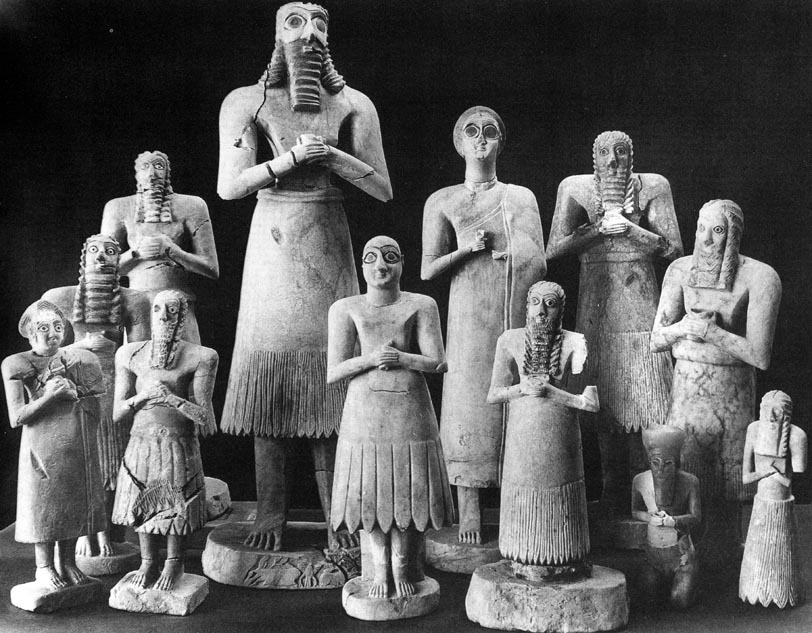
Standard of Ur
Sumerian artifact that depicts the violence and grandeur of Sumerian kingship. Made of wood and inlaid with mosaics of shell, red limestone, and lapis lazuli. Consists of 3 levels called register.
Ram in a Thicket
an offering stand from Ur in the 2600 BC made of gold, wood and lapiz lazulli.
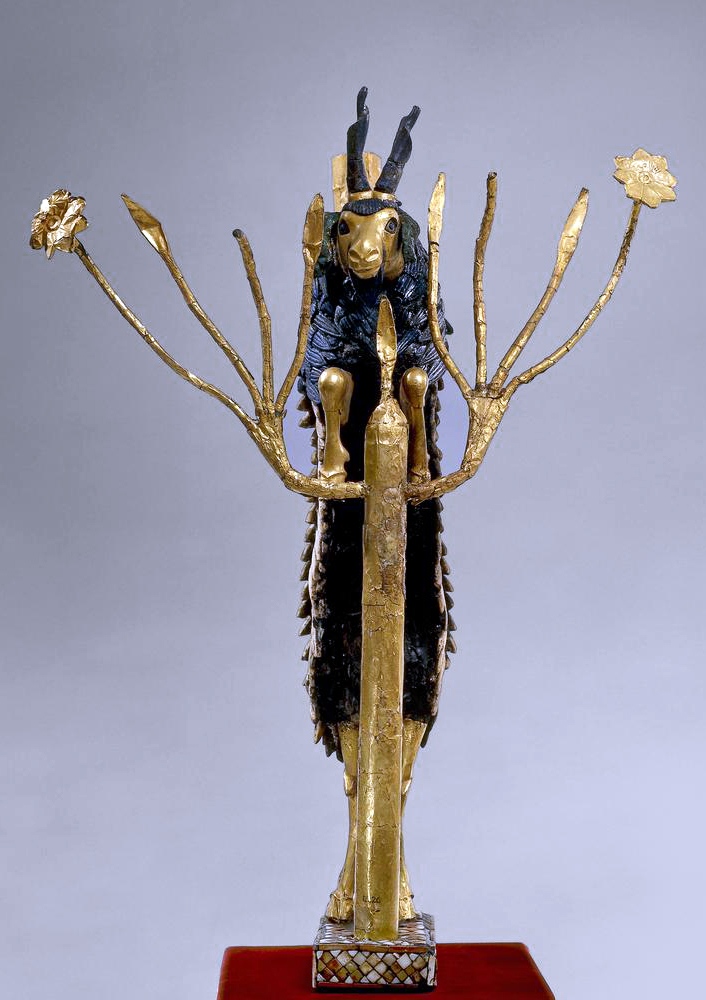
Assyrian
Based in Ashur, biggest empire under King Ashurbanipal – conquered Mesopotamia, Syria, Palestine and Egypt
Persian
Begun by Cyrus the Great from 559 to 529 BC
King Ur-Nammu
built the Ziggurat of Ur around 2100 BCE to honor the moon goddess Nanna. The ziggurat was a massive step pyramid that served as a temple and administrative center in the Sumerian city of Ur.
King Sargon of Akkad
was the first ruler of the Akkadian Empire in 2334 BC, which was the first multi-national empire in history
Akkadian
semitic-speaking Mesopotamian people, lived in the north of Sumer.
Head of An Akkadian Ruler
presumed to be a bronze sculpture of Sargon I. Made through the lost wax method
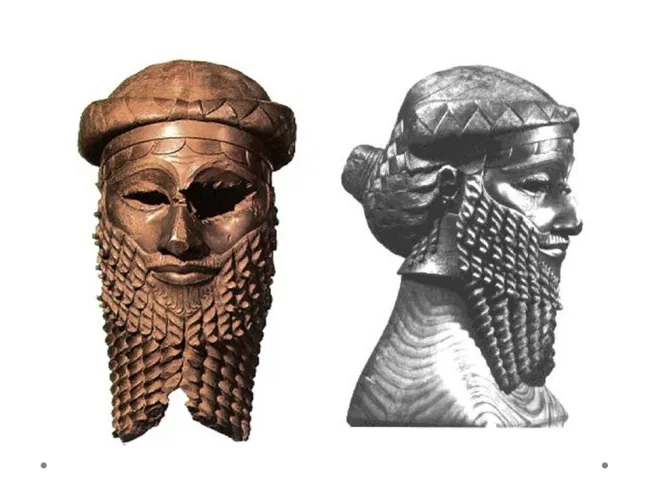
Cire-perdue
the lost wax method, method of metal casting; molten metal is poured into a mold.
Stele of Naram-sin
is an upright stone slab that depicts the Akkadian victory over the Lullubi people. It was carved around 2250 BCE and is now in the Louvre in Paris.
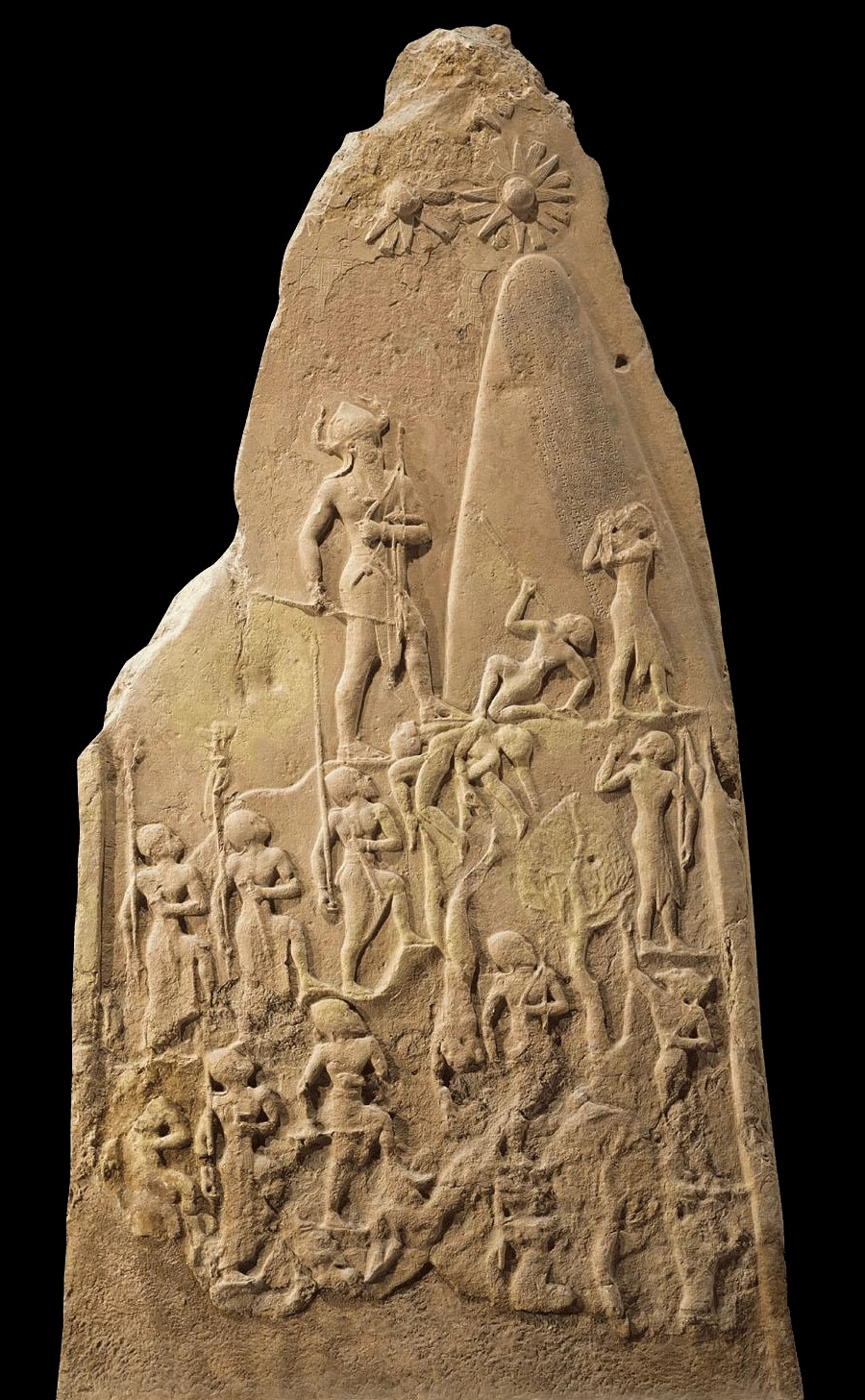
Code of Hammurabi
written on stone stele and clay tablets in 1754 BCE, it comprises of 282 laws written in Akkadian in 51 cuneiform columns
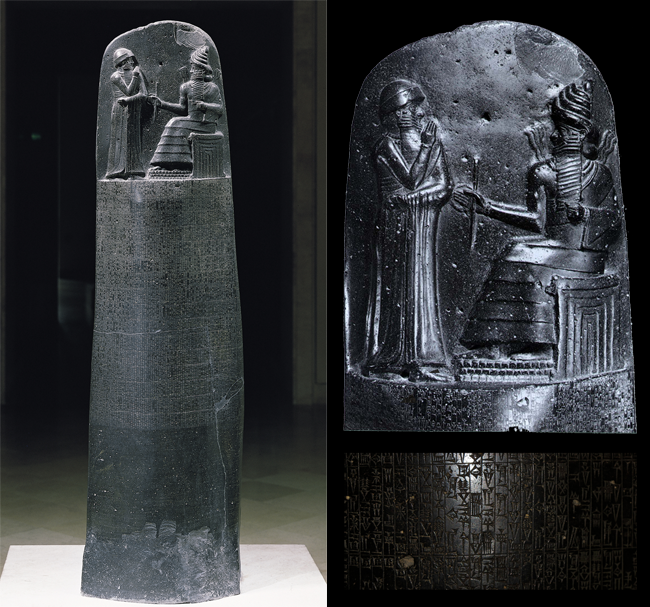
Hanging Gardens of Babylon
dedicated to the wife of Nebuchadnezzar and thought to have been located near the royal palace in Babylon.
Tower of Babel
is a mythical tower in the Bible, said to have been built to reach the heavens. Measures 300ft high with a temple at the apex
Gate of Ishtar
Built about 575 BC, it became the eighth fortified gate in the city of Babylon. More than 38 feet (12 metres) high and decorated with glazed brick reliefs, in tiers, of dragons and young bulls.
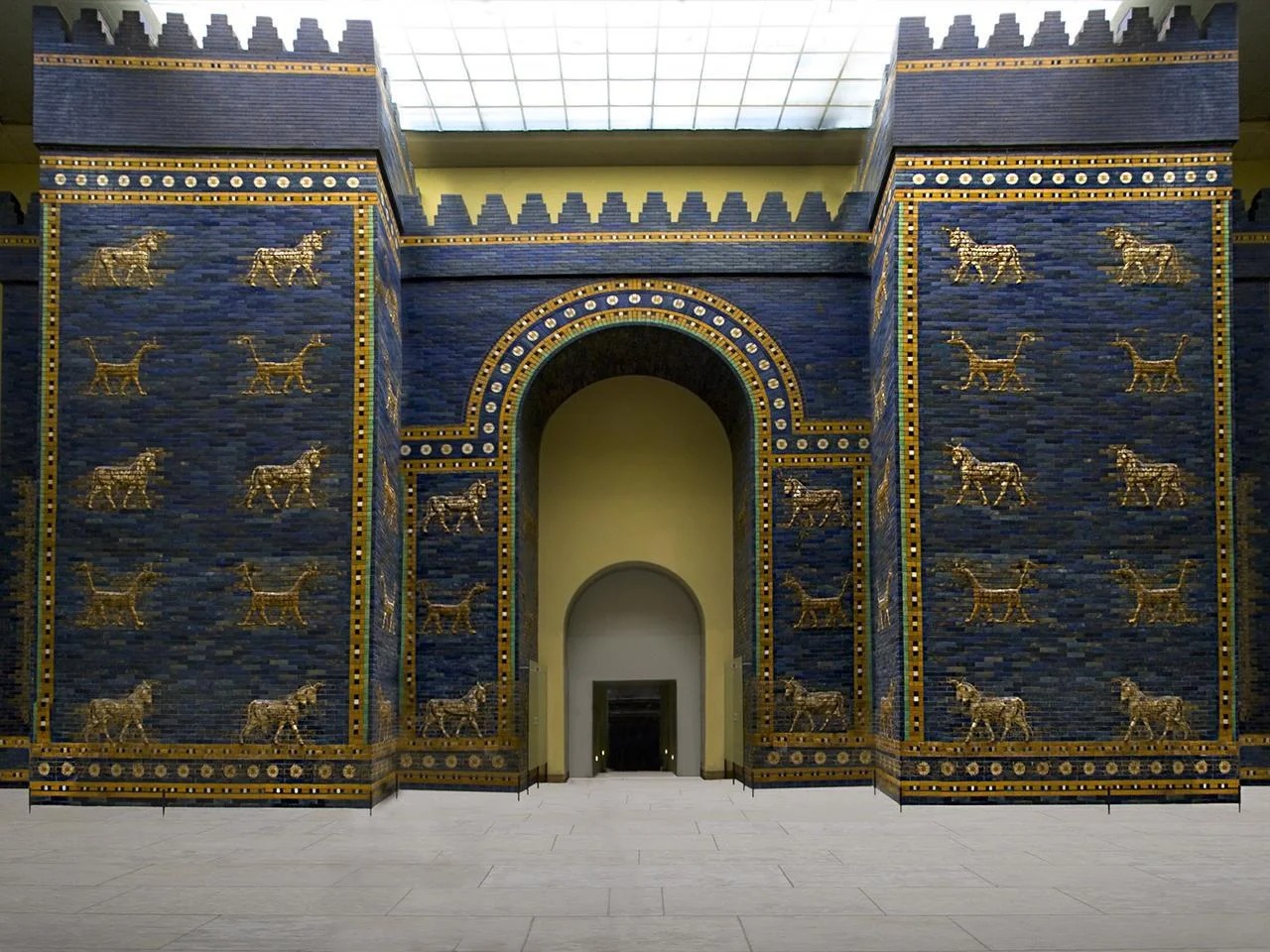
Seraglio
part of the Palace of Sargon II, provider with the King’s residence, state halls, apartments and courts.
Khan
service chamber
Palace of Sargon II
a complex of large & small courts, corridors & rooms covering 23 acres; entrance portals flanked with statues of headed winged bulls & lions.
Lamassu
monumental stone sculptures of human-headed, winged bulls, lions that guarded the entrances to Mesopotamian palaces & temples
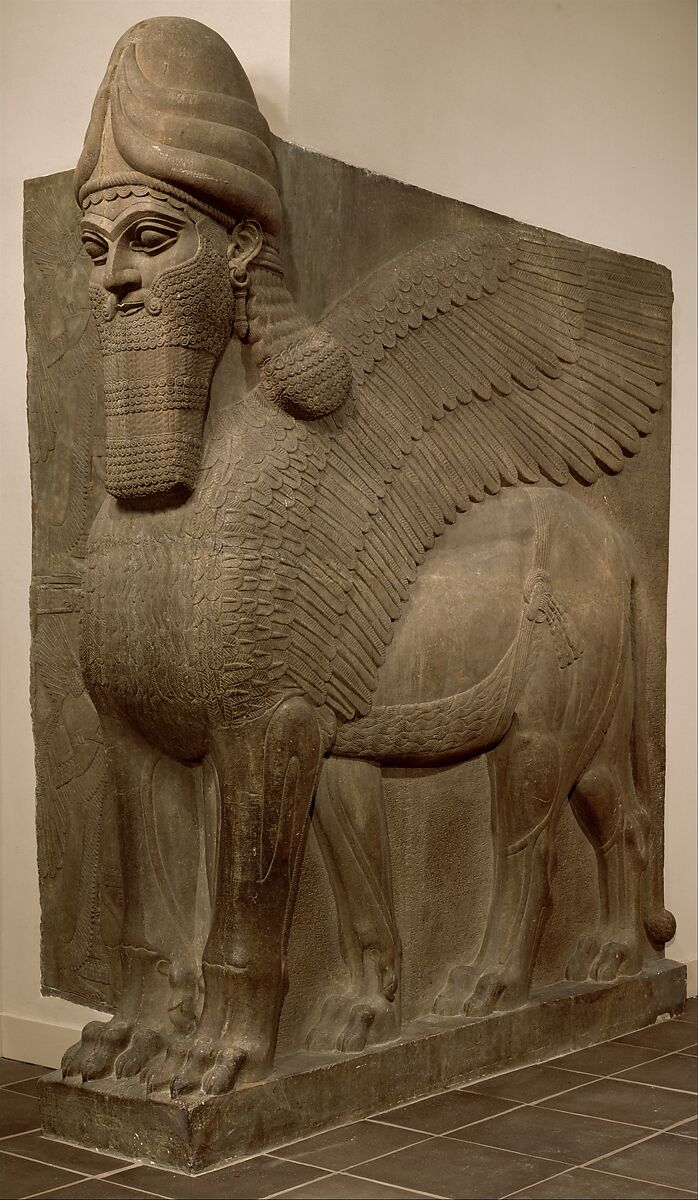
Cyprus the Great
founded the Persian Achaemenid Dynasty from 559 to 529 BC which was the largest empire in the world.
Persians
goldsmiths from the early kingdom of Iran.
Zoroastrianism
the belief of polar opposites, the idea of a single god, heaven, hell and a day of judgment.
Persepolis
was the capital of the Persian Achaemenid Empire from the reign of Darius I (522-486 BCE)